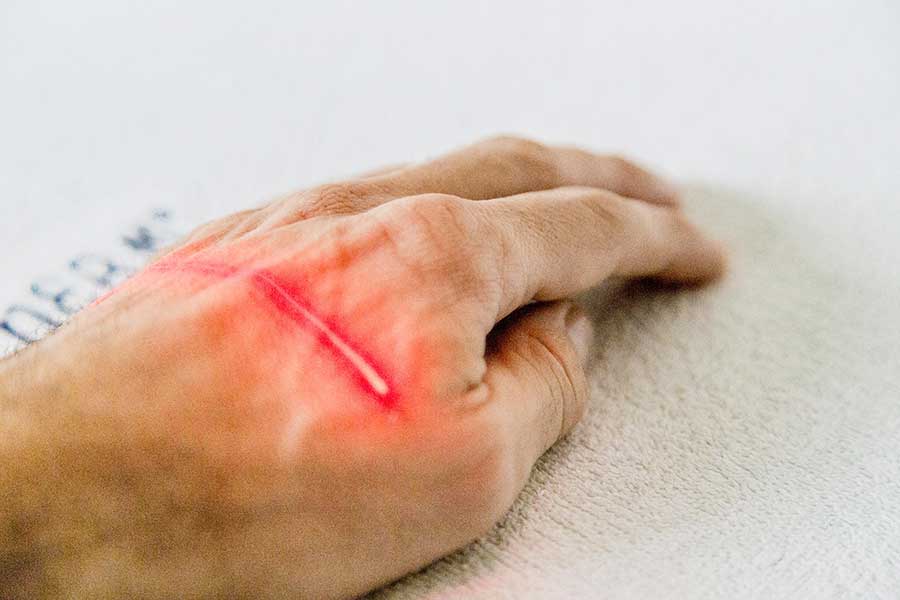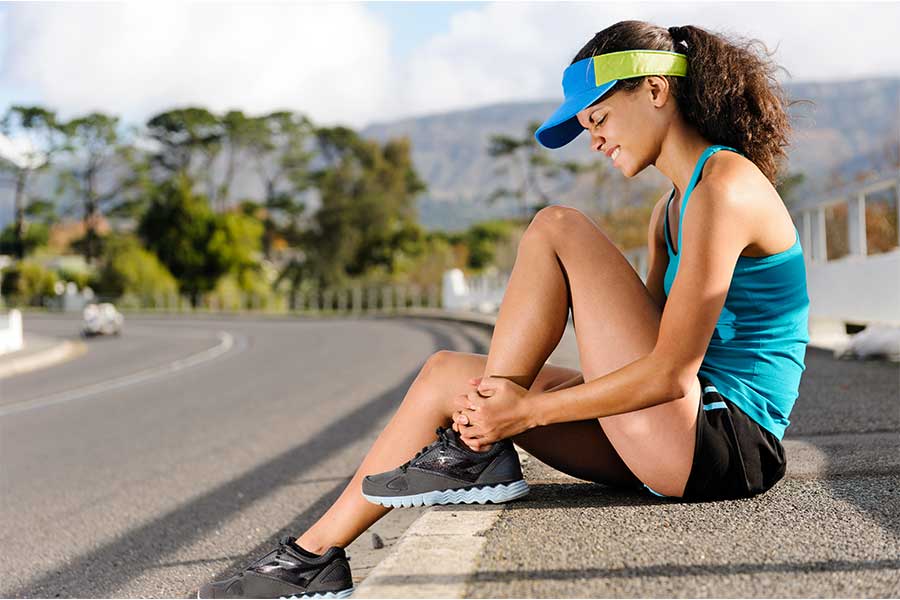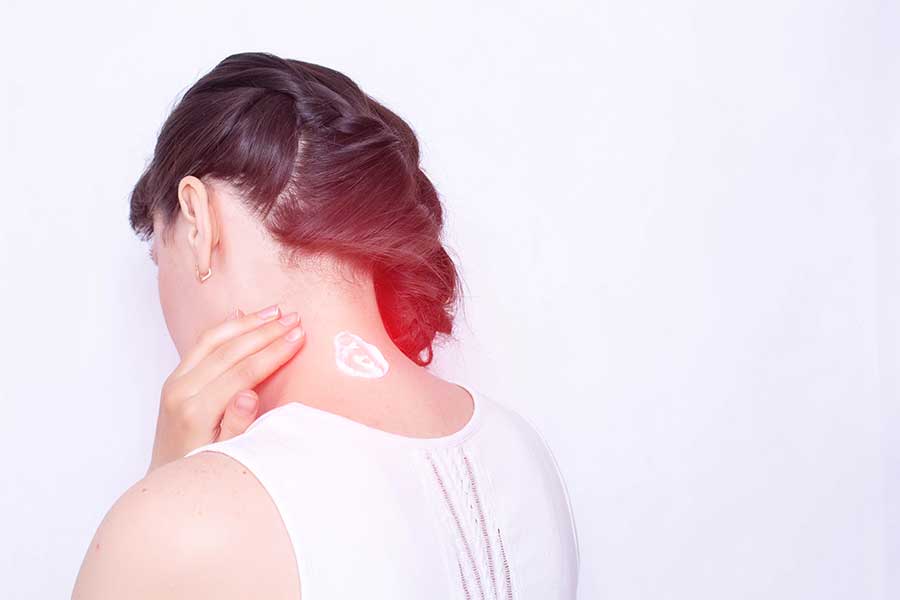A low-power laser physiotherapy experiment
It is generally believed that the therapeutic mechanism of low power laser may be related to the neurohumoral factors of human body.
By irradiating isolated nerves and artificially induced subcutaneous inflammatory lesions in laboratory animals, a scientist observed the following indicators of neurological functional status:Nerve conduction, basal strength, duration, adjustment (adaptation), functional flexibility (physiological variability), bioelectricity, study its action characteristics on nerve tissue.
In a complete organism experiment, an irritant is injected subcutaneously into the rabbit and causes acute inflammation , neuromodulation in inflammatory areas is inhibited. The regulation remained slow at 3 weeks.The basal strength of most animals was increased by 1.2~2 times.After 23 to 25 days, neuromodulation is accelerated and its indexes begin to approach the original value, at which point inflammation becomes chronic. After 24 days, the experimental animals were irradiated to the inflammatory foci for a course.
The pathological process of inflammation under low-power laser irradiation includes microcirculation changes. Scientists have found that after low-power laser irradiation, blood cell flow is accelerated compared with the control group, the number of intersection points of capillary vascular network is increased, and blood color changes from dark red to bright red.It was also found that after laser irradiation, the blood flow velocity of the nail fold microcirculation was obviously accelerated, the length and diameter of the capillary loops were increased and became clear.This shows that low-power laser irradiation does have the effect of improving microcirculation and changing the rheological properties of blood, thus promoting the body’s material and energy metabolism.
Compared with the control group, the clinical observation of the experimental group showed that in addition to the function, the low power laser irradiation could accelerate the recovery period — the inflammation lesions disappeared quickly and completely, and the noncharacteristic immunity and general tissue response of the body were increased.It is shown that the laser reduces the adaptive properties of the tissue, making it more sensitive and strongly responsive to stimuli.
According to the Vyginsky (Russian) school of thought,The first stage of interecological tissue does not inhibit the functional state of the tissue, but maintains its high functional flexibility, high energy potential, so that it is in the best state.
Scientists believe that nonspecific immunity is increased in chronically inflamed tissues of experimental animals,laser can not destroy the viability and biological characteristics of staphylococcus and streptococcus colonies isolated from the lesions,but the combined application of laser irradiation and chemotherapy can play a bactericidal role and make the inflammation subside.
Low-power laser has a small penetrating ability and generally only plays a therapeutic role in local lesions. Some scholars believe that the local effect of low-power laser plays a role in the treatment during the comprehensive adjustment of the functional state of the nervous system.At present, low-power laser therapy methods have become more and more mature, and continuous irradiation around different directions of the lesion area has been widely used in the use of household handheld laser therapy instrument.










